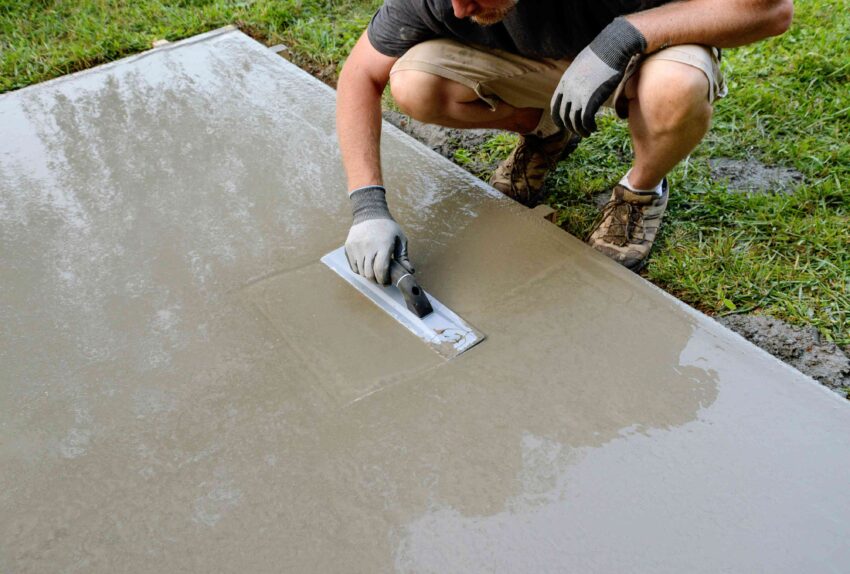When we think of concrete, most of us envision wet building material that can be easily shaped into whatever shape desired. But there’s more to it than meets the eye!
Concrete is a mixture of Portland cement, water, paste, sand and coarse and fine aggregates combined together into one material. Through chemical reaction known as hydration, this cement paste coats each aggregate particle before hardening into stone-like hardness over time.
It’s a building material
Concreting Melbourne is one of the world’s most commonly used construction materials, and for good reason: It is strong, long-lasting and low maintenance while offering resistance against abrasion, chemical action and weathering.
Cementitious materials consist of cement, sand and coarse aggregates mixed together with water into a thick paste mixture that can then be poured into sidewalk forms or high-rise walls and formed to fit a specific project’s specifications. When wet, this malleable substance becomes strong and durable over time.
Concrete is an excellent soundproof material, making it the ideal material for commercial buildings. Additionally, its structure offers protection from earthquakes and severe weather events. Concrete is environmentally-friendly and sustainable as its production utilizes recycled materials. Furthermore, its long lifespan saves both energy and resources – not to mention providing safe living conditions as occupants don’t burn through or rot the material! Additionally, its composition does not off-gas volatile organic compounds which could pose health hazards to occupants.
It’s a construction material
Concrete is a popular building material made up of aggregates bound together by binding agents such as cement. It’s used for both buildings and roads construction as well as pipes and drains. Concrete’s durability can withstand considerable amounts of pressure while its resistance to erosion and weathering makes it very cost-effective and user-friendly – two key characteristics. It has become one of the world’s favorite building materials due to being cheap and straightforward to work with.
Concrete can be mixed by hand or machine and applied in various ways – pouring, pumping, spraying or grouting are among the many possible applications of this versatile substance. Furthermore, precast molds allow controlled curing conditions.
Concrete is an excellent material choice in areas susceptible to wildfires or natural disasters, providing a safer option than wood structures. Furthermore, its insulation properties help regulate temperatures within buildings while its pest- and fungus-resistance makes it an excellent construction material choice.
It’s a repair material
Concrete is a tough material, yet it can still become damaged for various reasons, including extreme weather, improper construction and chemical exposure. If the source of damage remains uncorrected, more serious problems and even structural failure could result.
Concrete repair material used should have low drying shrinkage to ensure proper adhesion between new material and existing structures, especially in harsh environments. Furthermore, its permeability must remain low to avoid penetration by aggressive substances such as water, oxygen, industrial gases/vapors/carbon dioxide etc.
Concrete aggregates typically include sand, gravel, crushed stone or iron-blast furnace slag and can be recycled to reduce environmental impacts and costs. Furthermore, it’s very durable, being resistant to natural disasters like earthquakes and hurricanes as well as being less prone to corrosion than wood and steel materials.
It’s a decorative material
Many are surprised to discover the decorative potential of concrete. While still serving a structural purpose, decorative forms of this versatile material can add flair and style to a home or commercial structure.
decorative concrete contractors have long found pleasure in exploring creative uses for concrete. Starting in the 1950s with Brad Bowman stamping patterns into concrete, his ideas inspired an entire generation of decorative finishes. Contractors today use pigments to add color and keep track of their favorite combinations; some even keep recipes.
Other techniques involve adding aggregate in a range of sizes and colors for an “exposed aggregate” finish, then etching its surface to expose its natural texture. Concrete can also be poured and stamped to form curves, letters and numbers as well as look like other materials like tile or stone.
